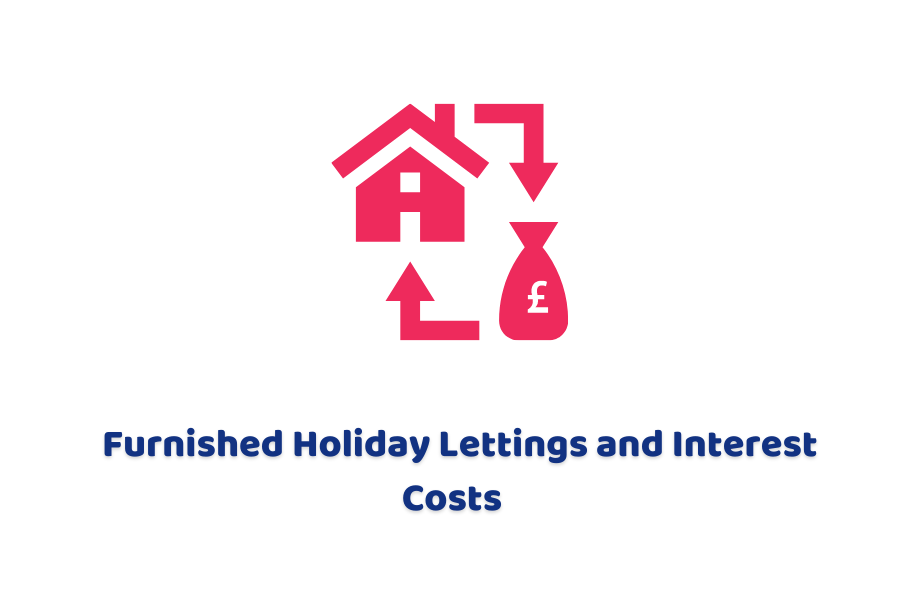For tax purposes, furnished holiday lettings are something of a special case and benefit from a number of advantages not available to standard residential lets. One of these advantages is in relation to the treatment of interest and finance costs.
Residential Landlord – Restriction of Relief
Residential landlords can now only obtain relief for interest and finance costs, such as mortgage interest, as a basic rate tax reduction, regardless of rate at which the residential landlord pays tax. The interest and finance costs are not deducted when working out the taxable profit, and the tax is initially worked out on the profit without taking account of the interest and finance costs. The resulting tax liability is then reduced by 20% of the interest and finance costs, capped at the lower of 20% of the taxable profit or amount that reduces the tax liability to nil. Any unrelieved interest and finance costs can be carried forward for relief as an income tax deduction in calculating the tax liability of the same property business in a later tax year.
This approach has a number of downsides – relief is only given at 20% even if the landlord is a higher or additional rate taxpayer and relief may not be given in full in the tax year in which the costs are incurred.
Furnished Holidays Letters – Deduction in Full
The changes to interest rate relief do not apply to furnished holiday lettings, and where a let qualifies as furnished holiday let, interest and finance costs can be deducted in full when working out the taxable profit. The deduction is not capped, and can give rise to a loss which may be carried forward and set against future profits from the same furnished holiday business. Also, as relief is by deduction, relief is given at the landlord’s marginal rate of tax not at 20% where the landlord is a higher or additional rate taxpayer.
Example
Toby is a residential landlord. For 2021/22. his taxable profit before taking account of interest costs on the associated mortgage is £30,000. Mortgage interest paid in the year is £8,000.
Toby has other income from his photography business and pays tax at the higher rate of 40%.
Before applying the basic rate tax reduction, the tax on the property income is £12,000 (£30,000 @ 40%). The basic rate tax reduction in respect of the mortgage interest reduces this by £1,600 (£8,000 @ 20%) to £10,400.
Tom has a furnished holiday let on which profit before deduction of interest costs is also £30,000. He too pays mortgage interest of £8,000 and, like Toby, has other income and is a higher rate taxpayer.
However, unlike Toby, he can deduct the mortgage interest, reducing the taxable profit to £22,000, on which tax of £8,800 (£22,000 @ 20%) is payable.
Despite identical profit and interest, Tom pays £1,600 less in tax than Toby as he is able to obtain relief for his interest costs at his marginal rate of 40%.
Partner note: ITTOIA 2005, ss. 274A – 274C; ITTOIA 2005, Pt. 3, Ch. 6

